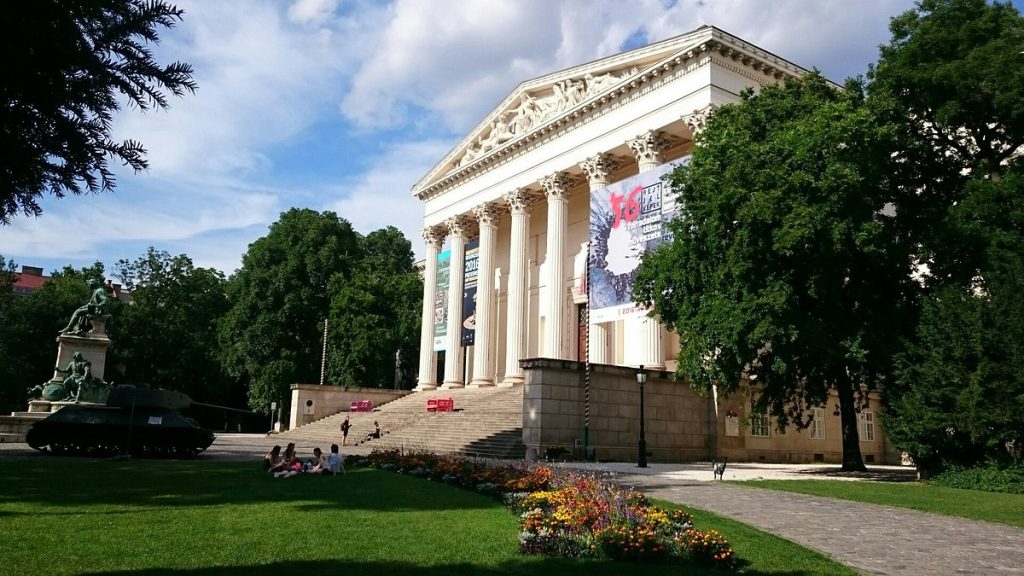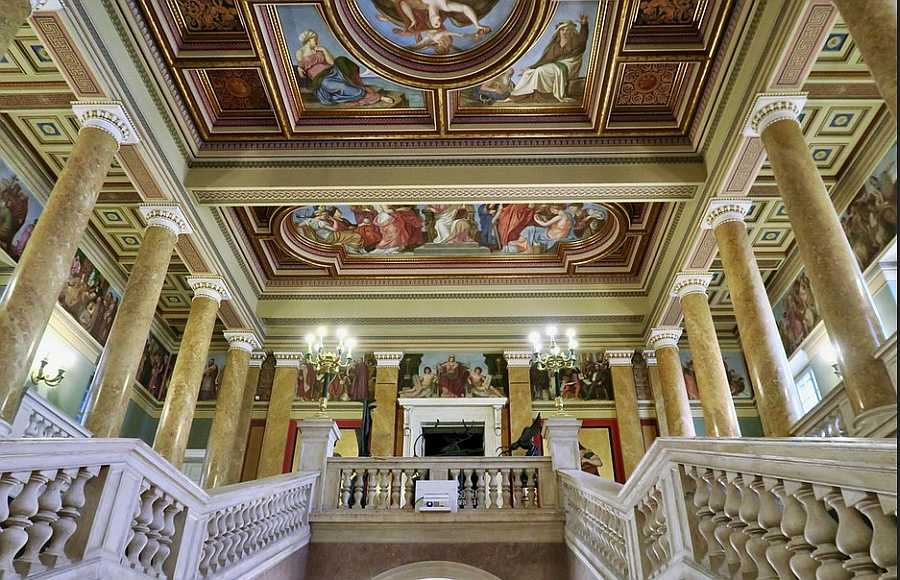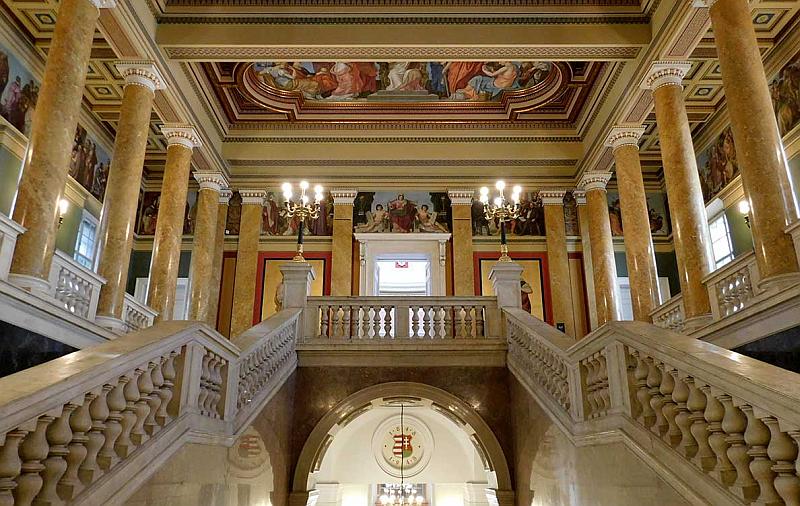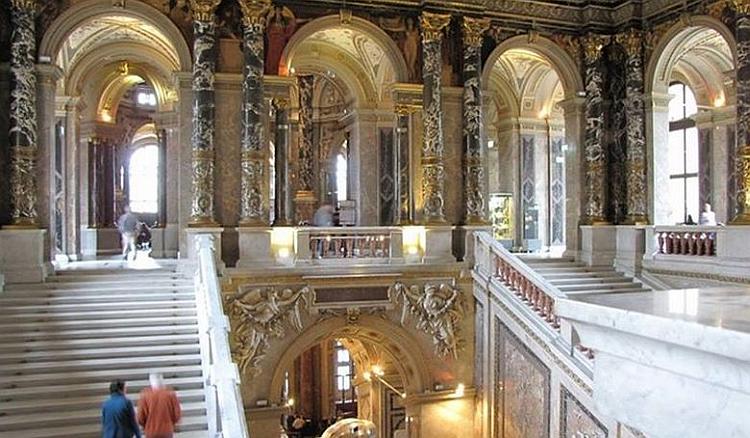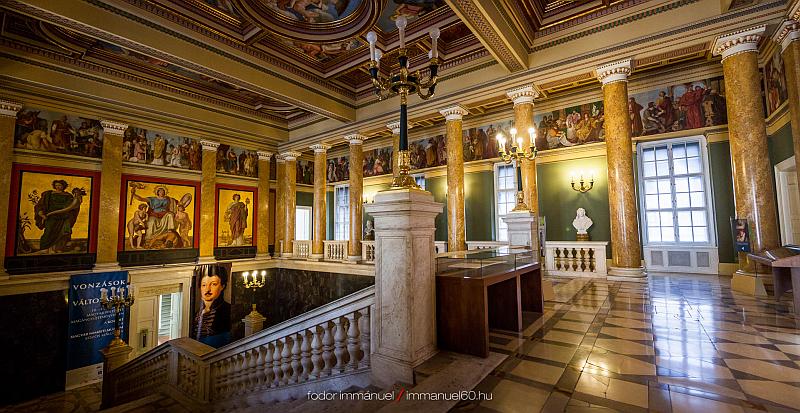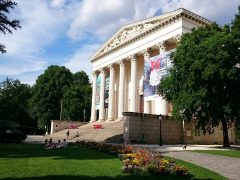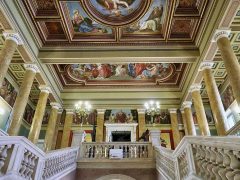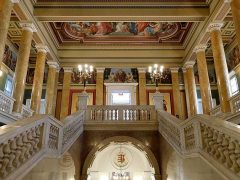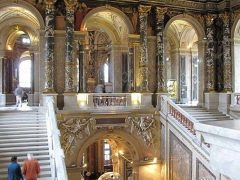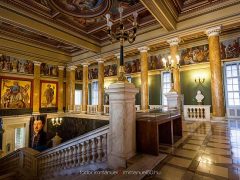Hungarian National Museum: Portal to History’s Treasures
A Timeless Journey Through Hungary’s Legacy
The Hungarian National Museum in Budapest is a monumental testament to Hungary’s vast and rich history. It offers a comprehensive and immersive experience of the nation’s cultural heritage.
A Repository of Stories and Artefacts
The museum is Hungary’s largest and has been curating its extensive collection for over two centuries. It spans a colossal 8,000 square meters. Visitors can explore various artifacts, from archaeological wonders to ethnographic showcases, providing a panoramic view of Hungarian history. The chronological displays take you on a journey, presenting tales of victory and defeat, periods of enlightenment and challenges, and episodes of joy and sorrow.
The Museum Garden: A Blend of History and Recreation
While the museum’s interior boasts an impressive array of artifacts, its garden is equally significant. It has played host to pivotal moments in Hungarian history. The garden bore witness to the revolutionary rally of 15 March, becoming a backdrop to numerous significant social events, including voters’ rallies, strike meetings, and poignant commemorations.
But beyond its historical significance, the Museum Garden has remained an integral part of Budapest’s everyday life, offering a space of solace and recreation for its citizens. Over the last two decades, it has become a cultural hub, notably hosting the annual May Festival of Museums, attracting locals and tourists.
Visiting the Hungarian National Museum
For those keen on diving deep into Hungarian history, it’s worth noting that the museum waives its entry fee on national holidays (15 March, 20 August, 23 October), making it an ideal time to explore this repository of Hungarian heritage.
Did you know about the Hungarian National Museum?
The Hungarian National Museum (Magyar Nemzeti Múzeum) in Budapest is a key cultural and historical institution, playing a pivotal role in preserving and exhibiting Hungary’s history and heritage. Here are some key facts about the museum:
- Establishment and Location: Founded in 1802 by Count Ferenc Széchényi, the Hungarian National Museum is located in a classicist building in the heart of Budapest, near Kalvin Square.
- Architectural Significance: The museum’s building, designed by the renowned architect Mihály Pollack, is a fine example of neoclassical architecture. Its grand facade and elegant layout make it a significant architectural landmark in the city.
- Collections and Exhibits: The museum’s extensive collections cover Hungarian history from prehistoric times to the present. These include archaeological artifacts, historical documents, artworks, and a comprehensive array of ethnographic and historical exhibits.
- Historical Role: The museum has played a central role in developing Hungary’s national identity. It has been a key site for historical research and education, fostering a deeper understanding of the country’s past.
- Revolution of 1848: The Hungarian National Museum is also historically significant as the site where the Hungarian Revolution of 1848 began. The museum’s steps were where the poet Sándor Petőfi recited his famous National Song, sparking the revolution.
- Educational and Cultural Activities: The museum is not just a repository of artifacts; it actively engages in educational and cultural activities, including temporary exhibitions, lectures, and family programs, making history accessible and engaging to the public.
- Tourist Attraction: As one of the foremost museums in Hungary, it attracts thousands of visitors annually, including tourists and scholars interested in Central European history and culture.
- Preservation and Research: The museum is involved in ongoing efforts to preserve Hungarian cultural heritage. It also conducts and supports archaeological and historical research.
The Hungarian National Museum is a testament to Hungary’s rich cultural and historical legacy. It offers insights into the nation’s past and serves as a custodian of its collective memory.
Conclusion
The Hungarian National Museum is a beacon, illuminating Hungary’s past while forging a bridge to its future. For anyone eager to understand Hungary’s heart and soul, a visit to this institution is both enlightening and essential. Whether you’re a history enthusiast, a cultural explorer, or just a curious traveler, the museum offers a journey you’ll remember for a lifetime.
